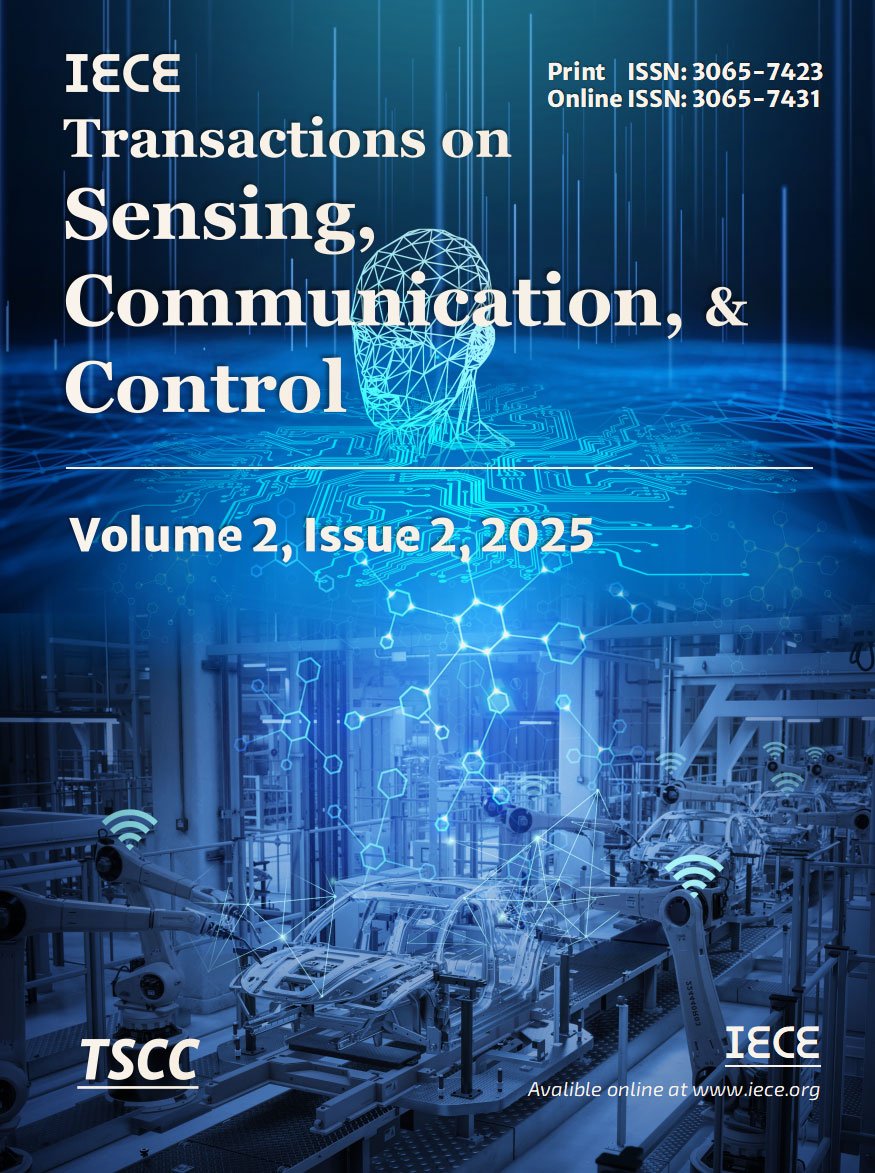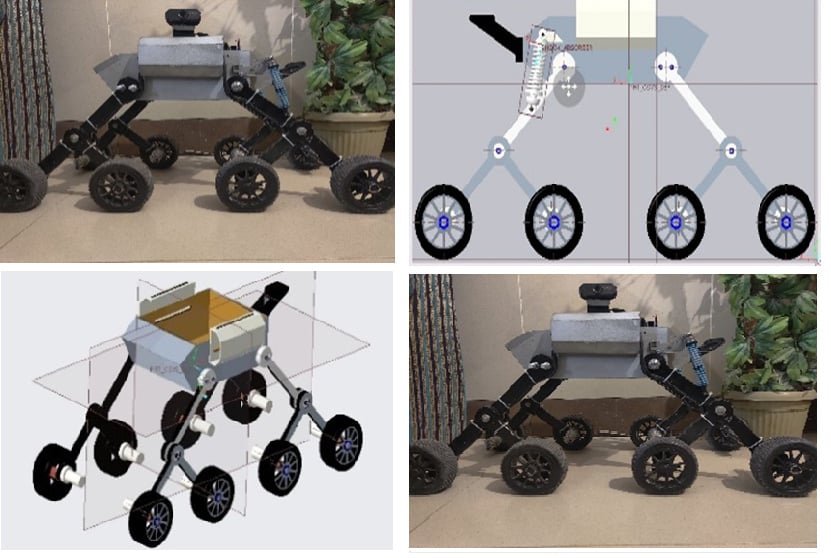Abstract
This study presents an intelligent automated system for real-time detection and classification of tomato diseases using a Convolutional Neural Network (CNN) integrated within an Internet of Things (IoT) based unmanned ground vehicle (UGV). The CNN was trained and evaluated using a dataset comprising over 20,000 images of tomato leaves categorized into ten distinct diseases—Late Blight, Early Blight, Septoria Leaf Spot, Tomato Yellow Leaf Curl Virus, Bacterial Spot, Target Spot, Tomato Mosaic Virus, Leaf Mold, Spider Mites Two-Spotted Spider Mite, Powdery Mildew—and healthy leaves. The developed CNN architecture, optimized for lightweight deployment on edge devices like Raspberry Pi 4, achieved an overall accuracy of approximately 83%, with notable variations across classes in precision, recall, and F1-score. Specifically, high precision scores (above 80%) were obtained for diseases such as Bacterial Spot, Late Blight, and Tomato Yellow Leaf Curl Virus, while moderate scores in diseases exhibiting subtle visual symptoms underscored areas for future refinement. The UGV autonomously navigates tomato fields, captures high-resolution images of leaves, and conducts on-site real-time disease classification, significantly reducing the labor, human error, and time associated with traditional manual inspections. Comprehensive quantitative analyses, including confusion matrices and visual assessments of classified samples, validate the practical viability and robustness of the proposed system, although certain misclassifications highlight opportunities to enhance training data diversity and model generalizability in future work. The integration of deep learning and IoT technologies demonstrated in this study substantially advances precision agriculture, improving disease management practices and promoting sustainable agricultural productivity.
Data Availability Statement
Data will be made available on request.
Funding
This work was supported without any funding.
Conflicts of Interest
The authors declare no conflicts of interest.
Ethical Approval and Consent to Participate
Not applicable.
Cite This Article
APA Style
Farooq, F., Muneer, M. H., Babar, M. & Zahid, F. (2025). Smart Ground Robot for Real-Time Detection of Tomato Diseases Using Deep Learning and IoT Technologies. IECE Transactions on Sensing, Communication, and Control, 2(2), 66–74. https://doi.org/10.62762/TSCC.2024.593301
Publisher's Note
IECE stays neutral with regard to jurisdictional claims in published maps and institutional affiliations.
Rights and permissions
Institute of Emerging and Computer Engineers (IECE) or its licensor (e.g. a society or other partner) holds exclusive rights to this article under a publishing agreement with the author(s) or other rightsholder(s); author self-archiving of the accepted manuscript version of this article is solely governed by the terms of such publishing agreement and applicable law.


 Submit Manuscript
Edit a Special Issue
Submit Manuscript
Edit a Special Issue

